Choosing between a comforter and a duvet can be confusing. Even the most seasoned shoppers scratch their heads over these two bedding options. Let's break it down so you can choose the one that suits your style and cleaning preferences.
What is Duvets
A duvet is a soft, flat blanket that is filled with materials like down, feathers, wool, or synthetic fibers. It’s designed to keep you warm and is often used as the main blanket on a bed. Duvets are typically thicker and fluffier than regular comforters, offering a cozy and luxurious feel. Unlike a comforter, a duvet is usually paired with a removable cover, making it easier to clean and maintain.

What is a Duvet Cover?
A duvet cover is a protective and decorative layer that encases the duvet. It functions like a pillowcase for your duvet, keeping it clean and allowing you to change the look of your bedding without buying a new duvet. The cover typically has a closure like buttons, ties, or a zipper to keep the duvet securely inside. Duvet covers come in various colors, patterns, and materials, making it easy to match your bedroom decor and maintain hygiene.
For example, the Souver's duvet cover feels soft to the touch. It can be easily removed for machine washing, making it very easy to keep clean.

How to Put on a Duvet Cover
- Putting on a duvet cover is quick and easy if you follow these steps:
- Start by turning the duvet cover over. Place it flat on the bed with the opening at the foot of the bed.
- Place the duvet or quilt on top of the turned-over duvet cover, making sure to align the corners and edges.
- Starting at the head of the bed, roll the duvet and cover together like a tortilla. Continue rolling until you reach the foot of the bed where the opening is located.
- Once rolled, reach inside the opening of the duvet cover and grab the corner of the duvet. Pull the corner through the opening and turn the duvet cover over.
- After pulling the corner of the duvet cover through, unroll the duvet cover along the length of the duvet. Shake it a few times to ensure even distribution.
- Once the duvet is fully inside the cover, secure the opening with buttons, straps or zippers. Finally, loosen the duvet to ensure that it is evenly distributed within the duvet cover.
This method, often referred to as the “burrito method”, makes it easy to put the duvet cover on without any hassle.
Best Types of Duvet Covers
When choosing the best duvet cover, consider the following types, each offering unique advantages based on material and style:
Bamboo Duvet Covers
Bamboo is a sustainable material that’s naturally moisture-wicking and breathable, keeping you dry and comfortable throughout the night. It’s also hypoallergenic and antimicrobial.
Bamboo duvet covers have a soft, silky texture similar to cotton or silk, making them a luxurious yet eco-conscious choice.
Cotton Duvet Covers
Cotton is a popular choice because it's soft, breathable, and comfortable against the skin. Suitable for year-round use, cotton comes in various weaves, such as percale for a crisp feel or sateen for a silky finish. Cotton duvet covers are usually easy to care for and machine washable, making them perfect for everyday use.
Related read: Organic Cotton Vs Bamboo vs TENCEL™ Lyocell
Linen Duvet Covers
Linen is known for its cooling properties, making it ideal for hot sleepers or warm climates. It has a natural, relaxed look with a slightly textured feel. Linen becomes softer with each wash and is highly durable, lasting many years with proper care.
Silk Duvet Covers
Silk duvet covers offer a luxurious feel with a smooth, shiny surface. They are hypoallergenic and gentle on the skin, making them ideal for those with allergies or sensitive skin.
Silk naturally regulates temperature, keeping you warm in winter and cool in summer.
Microfiber Duvet Covers
Microfiber covers are budget-friendly and easy to care for, often being wrinkle-resistant and quick-drying. They are soft and lightweight, making them a good choice for those who prioritize convenience. Available in various colors and patterns, microfiber covers easily match the bedroom decor.
Flannel Duvet Covers
Flannel is perfect for colder months, offering warmth and a soft, cozy feel. It's brushed on both sides for added comfort and is highly durable, making it a great investment for winter bedding.
What is a Comforter?
Comforters are simpler in design. They are typically a single piece of bedding made from quilted fabric, with the filling evenly distributed and stitched in place. Comforters are often sold as part of a bedding set, which includes matching sheets and pillowcases. This makes it easy to achieve a cohesive, layered look without needing to mix and match different pieces. The key difference is that comforters don't require an additional cover, so you don't need to purchase a separate duvet cover.

Duvet vs. Comforter: Which Is Right for You?
Both comforters and duvets are plush quilts designed to keep you warm and comfortable at night. They share similarities like being filled with different materials such as cotton, polyester, wool, or feathers.
Cleaning and Maintenance Comparison
Most duvet covers can be easily tossed into the washing machine and dryer, making them a convenient option for those who prefer easy home care. Duvets themselves, however, may require professional cleaning to maintain their quality and loft.
Comforters, on the other hand, might need more specialized care. Some duvets may not even fit in your washing machine at home, so you may need to visit your local laundromat or have them professionally cleaned.
Price
Duvets are typically more expensive, especially those filled with down or feathers. The better the insulation of the duvet, the higher the price tends to be. Even the best comforters are usually less expensive than high-quality duvets.
Comforters are often part of economical bedding sets that may include a fitted sheet, a flat sheet, and pillowcases. Duvet covers are also commonly found in bedding sets, but the duvet itself usually needs to be purchased separately.
Comforter vs. Duvet for Hot Sleepers
If you’re a hot sleeper, a duvet might be a better choice than a comforter. Duvets usually allow you to choose a lighter, more breathable cover that can help regulate temperature. You can also switch the cover with the seasons, using a lightweight one in the summer. Comforters, on the other hand, are often sewn with thick layers that might trap heat, making them less ideal for those who get warm at night.
Duvet vs. Comforter Size
When it comes to size, duvets and comforters can differ slightly. Duvets are often slightly larger than the bed size they’re designed for, allowing them to hang over the sides a bit more, which can give a fuller look. Comforters usually fit closer to the exact size of the bed, providing a more tailored appearance without much overhang. This difference can affect the overall look of your bed and how much coverage you prefer.
|
Mattress Size |
Duvet + Cover Size (in) |
Duvet + Cover Size (cm) |
|
Twin |
74 x 98 |
188 x 249 |
|
Twin XL |
74 x 98 |
188 x 249 |
|
Full |
95 x 98 |
241 x 249 |
|
Queen |
95 x 98 |
241 x 249 |
|
Comforter Size |
Comforter Dimensions |
Dimensions |
|
Twin |
38 inches by 75 inches |
86 to 88 inches |
|
Twin XL |
38 inches by 80 inches |
90 inches |
|
Full |
78”-88” x 86”-92” |
54” x 75” |
|
Queen |
86”-90” x 90”-100” |
60” x 80” |
|
King |
90”-108” x 86”-108” |
76” x 80” |
|
California King |
90”-110” x 92”-108” |
72” x 84” |
Can I Put a Comforter in a Duvet Cover?
Yes, you can put a comforter inside a duvet cover. This is actually a common practice and can be a great way to protect the comforter while also changing the look of your bedding. The duvet cover acts like a protective layer, keeping the comforter clean and allowing you to easily switch styles without buying a new comforter. Just make sure the duvet cover and comforter are similar in size to ensure a good fit.
The Verdict: Which One to Choose?
If you want maximum convenience without additional setup, and you prefer a complete, matching set of bedding straight out of the package, then a comforter is the way to go. On the other hand, if you enjoy changing up your bedroom's look, value easy maintenance, and occasionally like to sleep in a European style without a top sheet, then a duvet is a better choice.
For more bedding tips and exclusive deals, visit souverhome.com.
Don't miss our back to school sale with discounts of up to 25% off—shop now!

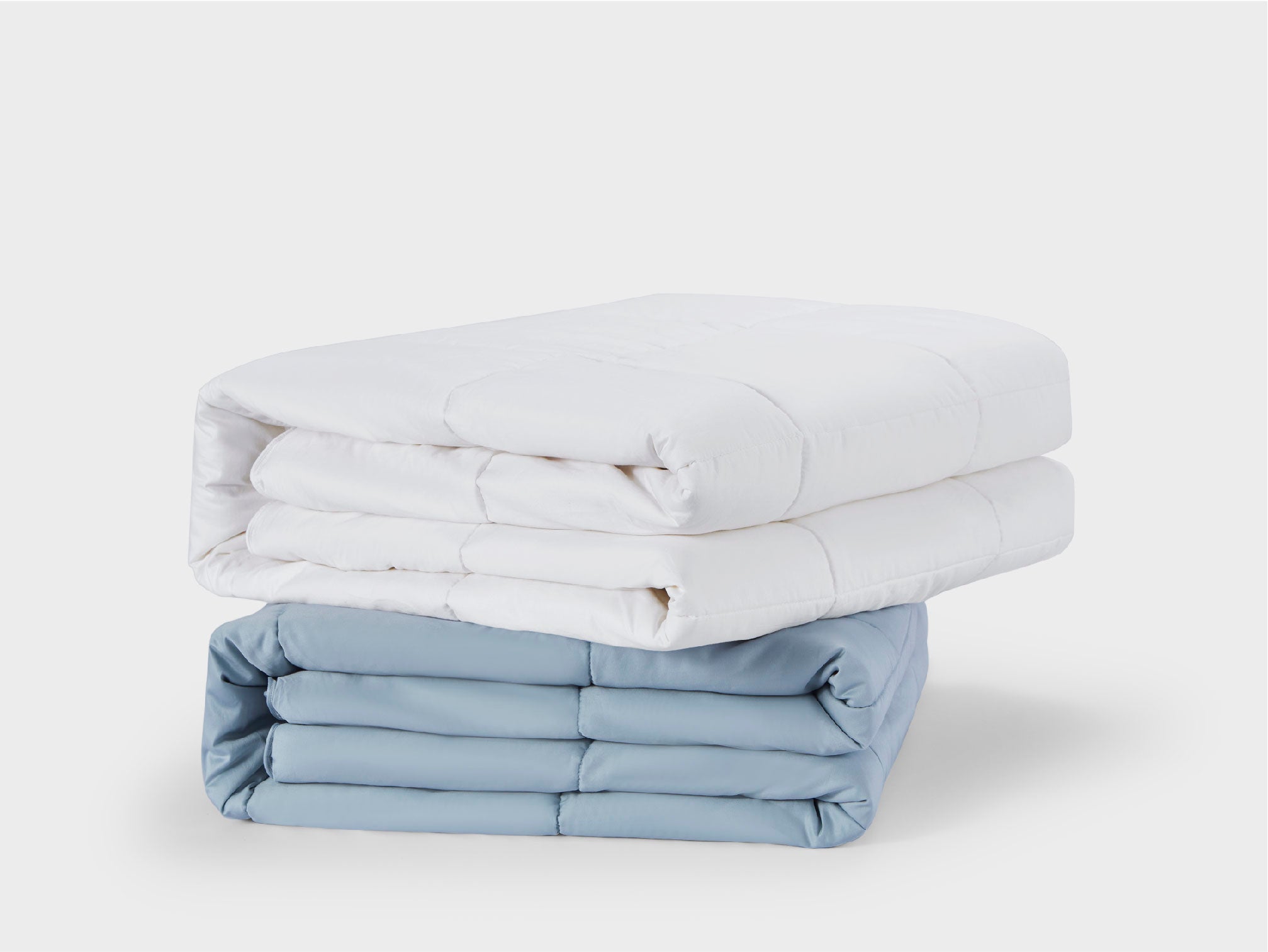
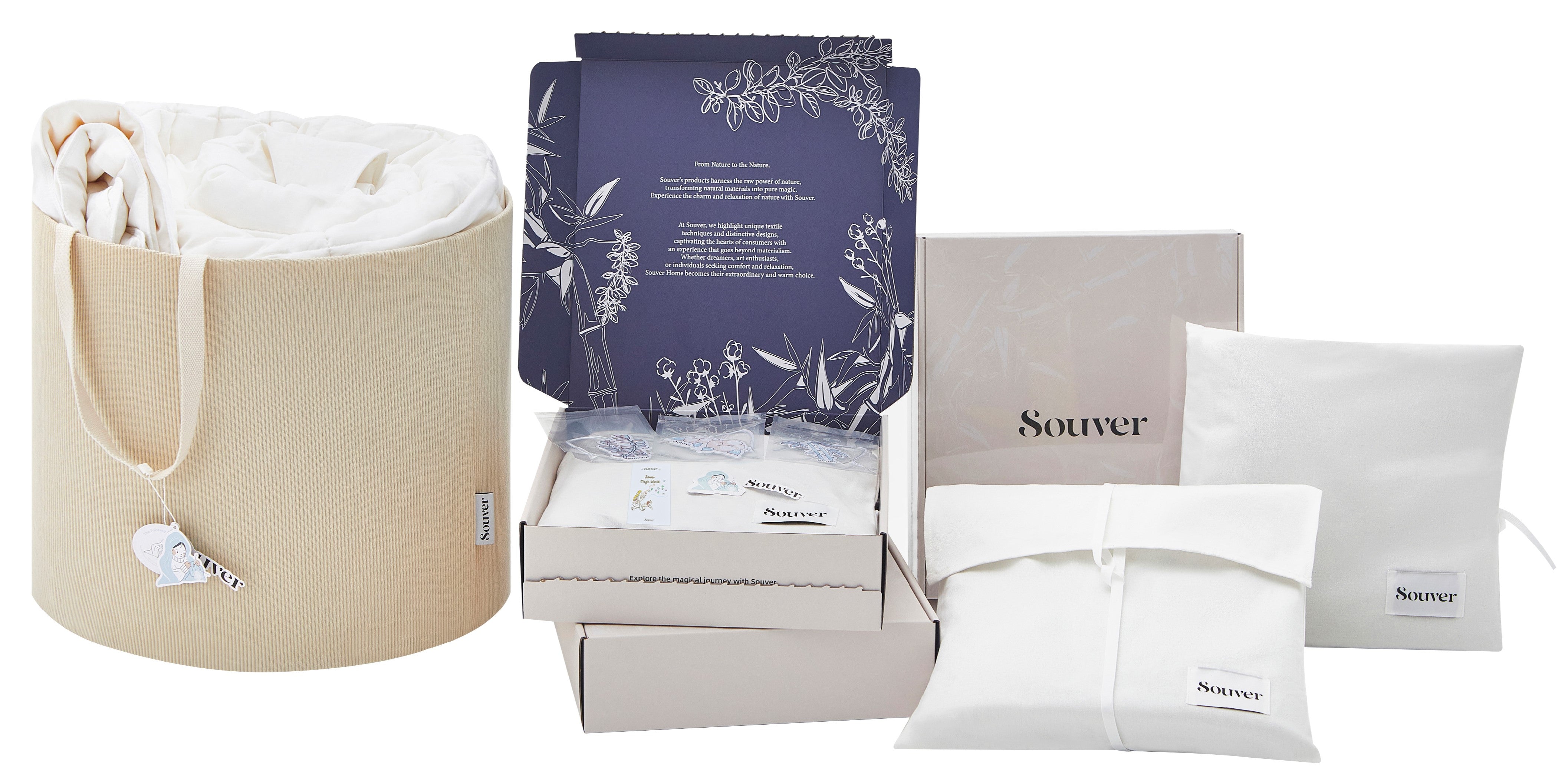


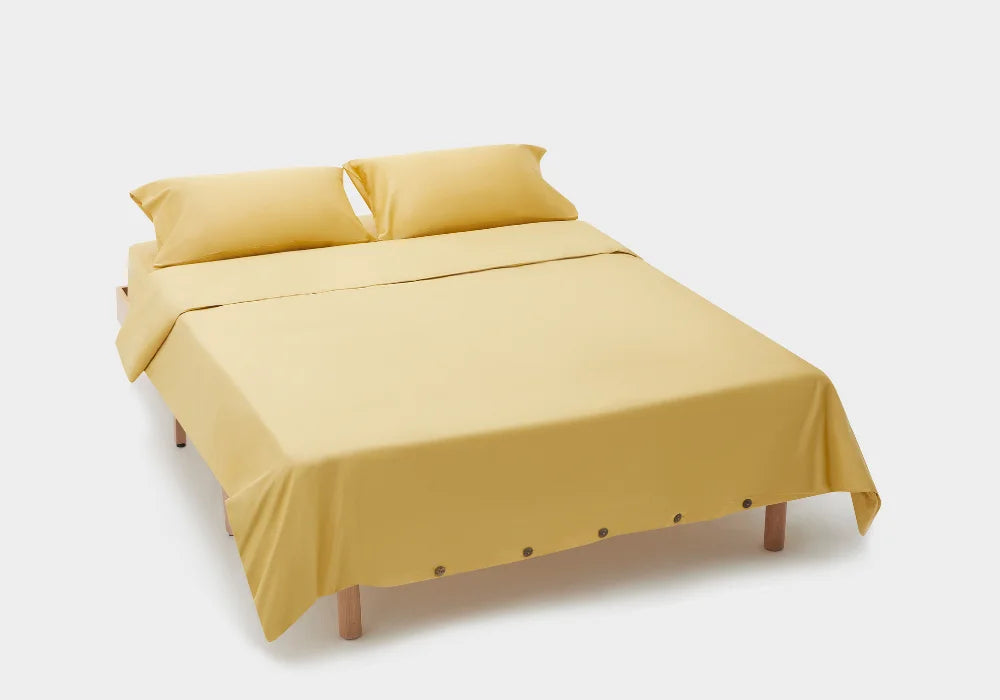
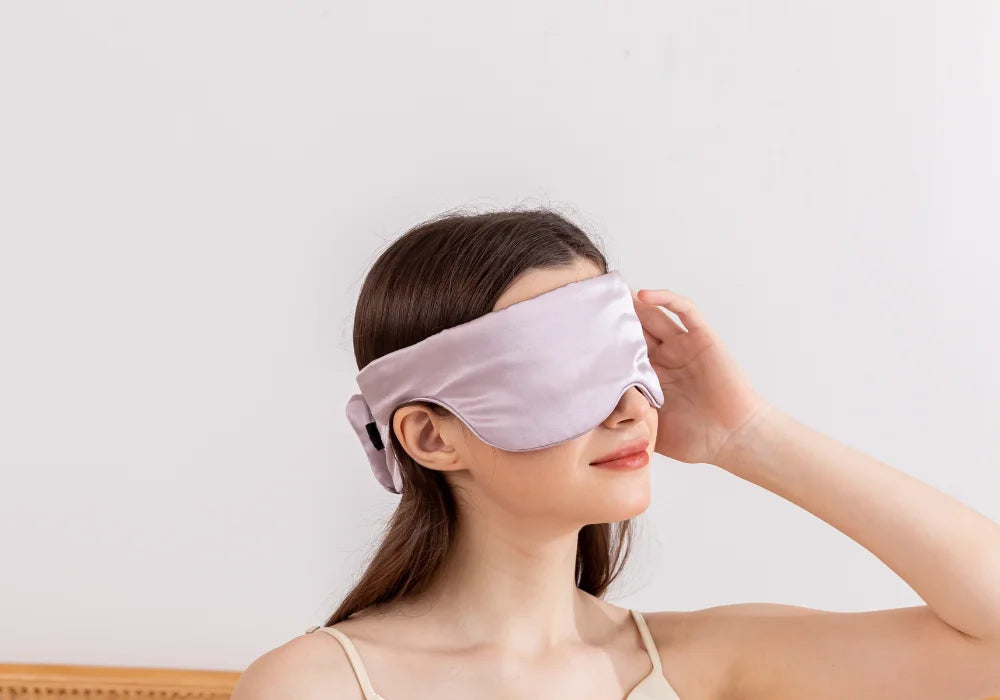
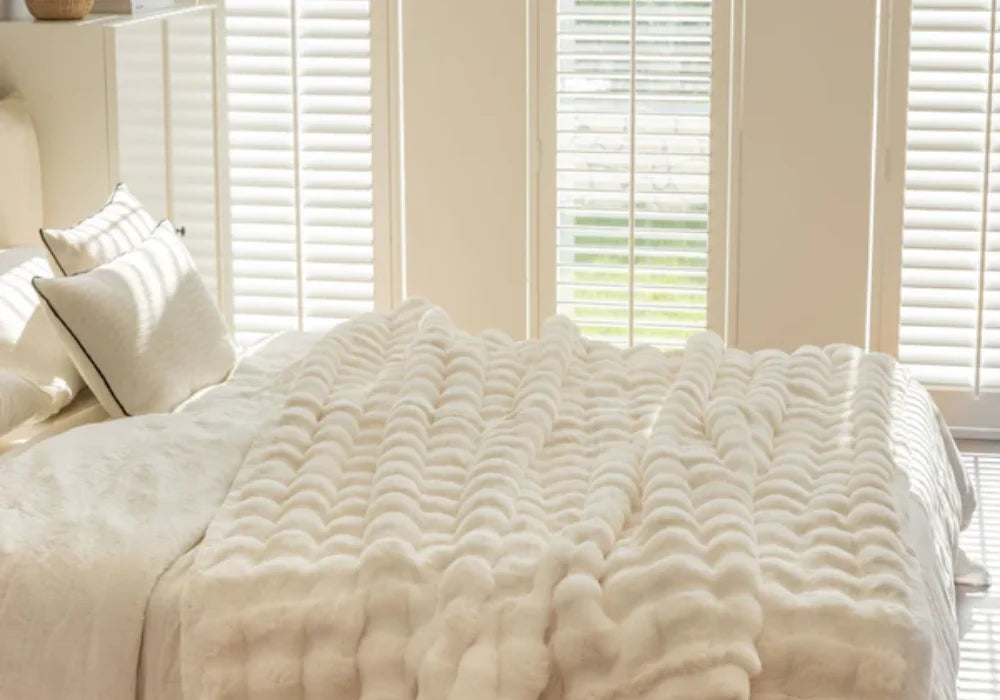
Leave a comment
This site is protected by hCaptcha and the hCaptcha Privacy Policy and Terms of Service apply.